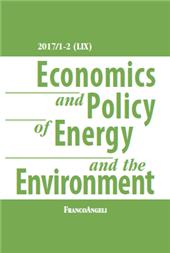Development of policy metrics for circularity assessment in building assemblies
57-84 p.
Design for material recovery is drawing increased interest as a strategy for eliminating landfill waste outputs from building end-of-life operations. Yet, a lack of comprehensive performance evaluation methods in this field is preventing policymakers and stakeholders from setting verifiable recovery goals for new construction and retrofitting. Responding to this problem, the following paper proposes an evaluation framework and a material recovery potential index (MRPI) for building assemblies. The system evaluates recovery potential at both the material and assembly levels through a series of categories and subcategories. Assessment approaches from other design and engineering disciplines are introduced and selectively adapted to reflect the unique recovery challenges that are characteristic of buildings and infrastructure. A weighting strategy is developed using the analytic hierarchy process (AHP) method and the entire system is successfully tested using output validation.
Lastly, the MRPI is applied in a comparative recovery potential study of 12 typical envelope assemblies. Results indicate a strong correlation between MRPI scores and other environmental indicators such as embodied energy levels and global warming potential values. [Publishers' text].
-
Articoli dello stesso fascicolo (disponibili singolarmente)
-
Informazioni
Codice DOI: 10.3280/EFE2017-001005
ISSN: 2280-7667
MATERIE
PAROLE CHIAVE
- Material recovery potential, life cycle design, building end-of-life, environmental assessment metrics, design for disassembly



